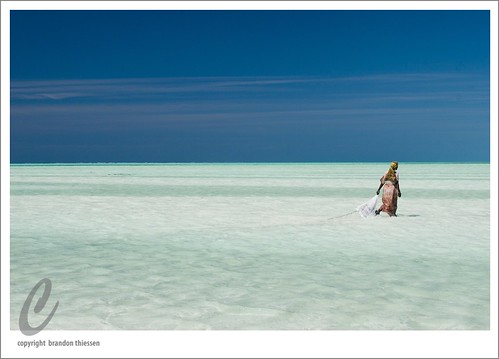Zanzibar
We spent the first day together exploring the labyrinthine network of tight passages in Zanzibar’s Stone Town. Getting lost is an inevitable and frequent occurrence as one wanders about exploring sultans’ palaces and ancient fort ruins, but also a necessary part of the experience.
Zanzibar was the main port for slaves coming out of East Africa and an estimated 60 000 slaves passed through each year during the height of the trade just before abolishment. In the slave cells adjacent to where the slave market used to be located, we sat hunched over in the tiny room, dark and featureless but for a deep trough running through the centre for waste and death. It’s an austere venue to consider some of the possible thoughts by which men justified becoming monsters, and the situations in which we continue to do so today.
Today we moved on to the other side of the island to enjoy the impossibly clear waters of the Indian Ocean. And here we sit, under a thatched roof with the surf coming right up to the stilts of our restaurant, eagerly awaiting our meals of fresh seafood. In the immediacy of the moment, in its perfection, the rest of life slips far off into the distance, and only the moment remains. But it too shall pass, as will the next, and I will eventually face the malign reality of the moment that escorts me back to life. For that, I will summon the strength when I must; for now, there are other priorities that demand my undivided presence. Namely, barracuda in green curry.



